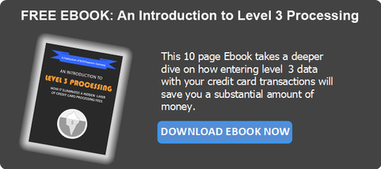Just weeks after Target revealed its security systems were breached, the upscale department store Neiman Marcus confirms thieves have stolen their customer’s credit and debit card information during the holiday season.
Ginger Reeder, a Neiman Marcus spokesperson, confirmed that the retailer had been notified as early as mid-December of suspicious activity. Their credit card processor stated fraudulent charges have actively been occurring following customer purchases. A forensics firm conducted further research on January 1st and confirmed that Neiman Marcus was the victim of cyber security intrusion resulting in their customer’s credit and debit card information being compromised. Neiman_Marcus_breach
Reeder is now working with the Secret Service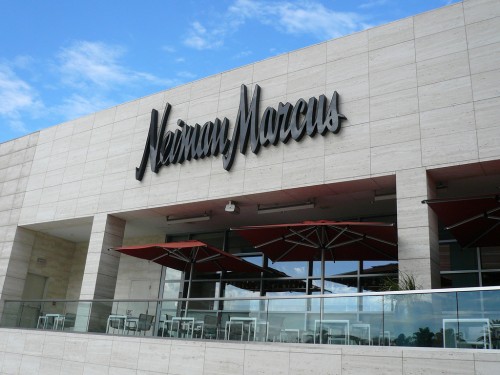 to amend the issue but stopped short of stating just how many consumers were affected. Although the numbers were not released, she has stated that the customers affected are being contacted.
to amend the issue but stopped short of stating just how many consumers were affected. Although the numbers were not released, she has stated that the customers affected are being contacted.
“We have begun to contain the intrusion and have taken significant steps to further enhance information security,” Reeder said in an email. “The security of our customer’s information is always a priority and we sincerely regret any inconvenience.”
Neiman Marcus is just one example of the dwindling security around credit card information in the US for the past 10 years. Target’s breach last month has been estimated to affect around 40 million of their consumers resulting in the theft of credit and debit card information along with addresses, names, and security codes.
The ongoing investigation has also shown that as many as 70 million customers using Target’s customer service line and online store had their information, including phone numbers and emails, stolen as well. Reports show that some of these numbers intertwined. If these numbers are correct, Target’s breach would be the largest in US history, surpassing TJX’s breach of 90 million in 2007.
How this can been avoided in the future.
The highly anticipated EMV Smartcard, which secures data in an embedded chip, could be the answer to retail credit card theft in the US. Most of the cards in US circulation right now use a magnetic strip to hold consumer data, an outdated technology that has made the US a top target for cyber criminals around the world. The EMV Smartcard has already been widely adopted in most of Europe and could’ve easily stopped Neiman Marcus or Target’s retail breach. The EMV Smartcard is anticipated to be in full circulation in the US by late 2015.
How do these retail breaches relate to B2B Payments?
Although the EMV Smartcard may fix face to face transactions, the issue of online or MOTO (mail order/telephone order) fraud would still remain, which is typically how business to business transactions are done. This is why it’s extremely important for companies accepting B2B Payments to consider the lesser known concept of level 2 data & level 3 data.
The advantage of Level 2 and level 3 credit card processing is that it makes committing fraud extremely more difficult for criminals and it decreases the cost to accept a business, corporate or government purchasing card by as much as 39%.
The idea behind this concept is simple, the more information provided, the lower the chances are for fraud. This due diligence is rewarded by Visa and MasterCard through a significant discount on the interchange rates and fees associated with accepting a credit card.
Any business that is serious about protecting itself and its customers from fraud should use a B2B payment gateway that is level 3 data capable. It will give business owners peace of mind knowing they are accepting payments in the most secure methods available in addition to paying the lowest processing fees allowed by Visa & Mastercard.

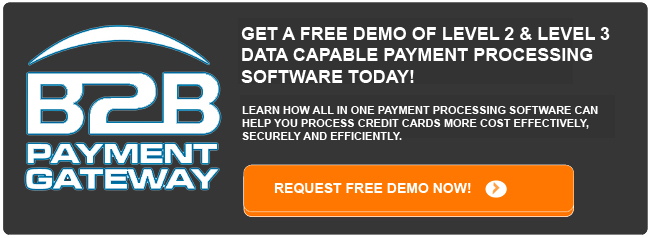
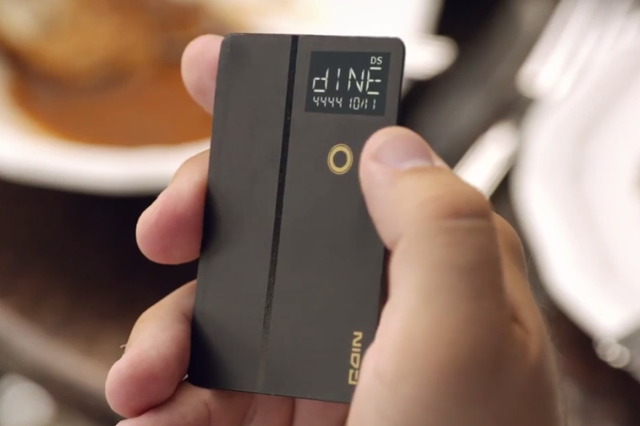
 the US still uses the less secure, magnetic strip. Smart card technology isn’t new. In fact, the majority Europe uses smart card technology, and has been doing so for the past decade. The embedded chip allows for more data encryption and could’ve easily stopped Target’s breach. With more and more countries adopting smart card technology, the US has become a top target.
the US still uses the less secure, magnetic strip. Smart card technology isn’t new. In fact, the majority Europe uses smart card technology, and has been doing so for the past decade. The embedded chip allows for more data encryption and could’ve easily stopped Target’s breach. With more and more countries adopting smart card technology, the US has become a top target. 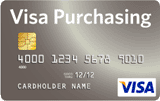 you may wonder why there is such a push to accept credit card payments. Although credit card payments might cost you more than accepting checks, it’s better than running the risk of losing a contract because your customer went with a vendor that accepts cards.
you may wonder why there is such a push to accept credit card payments. Although credit card payments might cost you more than accepting checks, it’s better than running the risk of losing a contract because your customer went with a vendor that accepts cards. 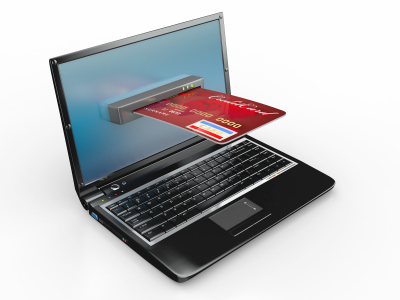 Unless you’re a skilled programer, you’re going to need software for your website that allows you to process transactions. Obviously your customer needs an area to enter their name and credit card information online, but it doesn’t stop there.
Unless you’re a skilled programer, you’re going to need software for your website that allows you to process transactions. Obviously your customer needs an area to enter their name and credit card information online, but it doesn’t stop there. 